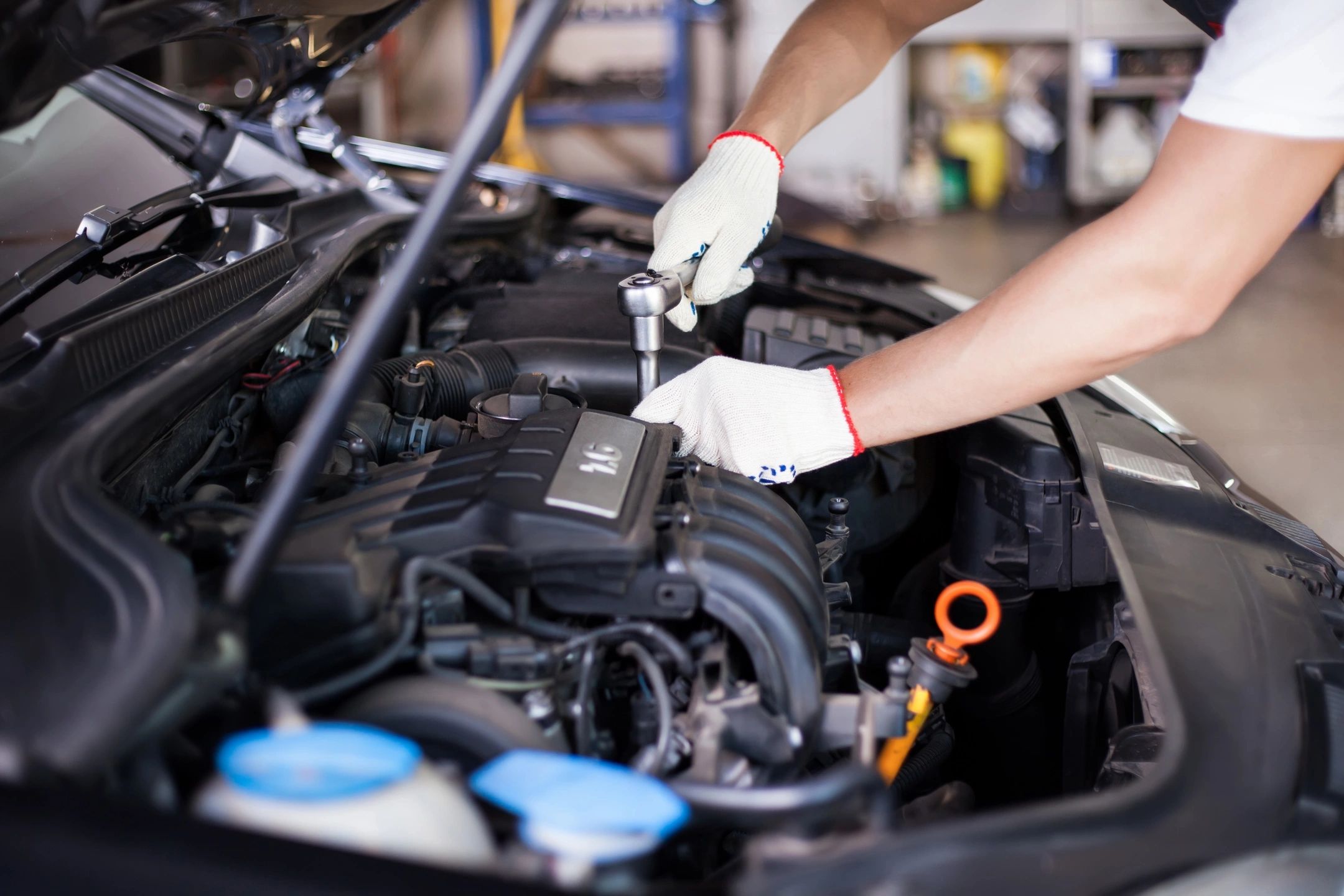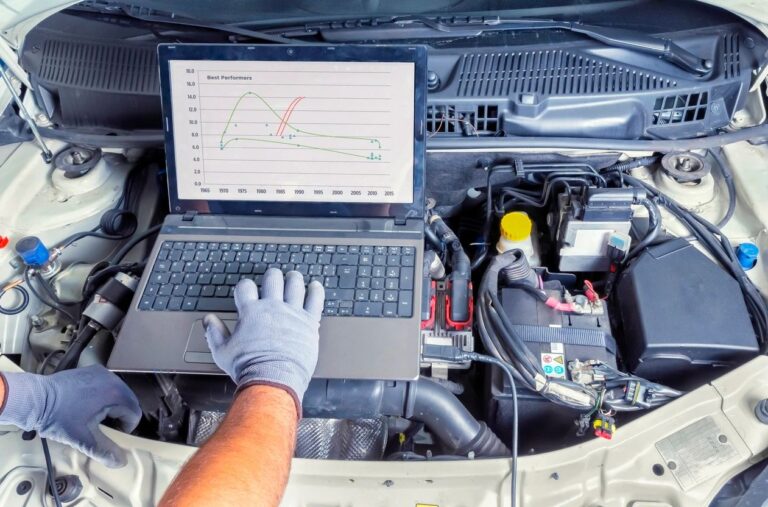Alternator problems can cause various electrical issues in a vehicle, as the alternator is responsible for charging the battery and powering electrical components while the engine is running. When the alternator begins to fail, it can result in dim lights, dead batteries, and even engine stalling. Here’s a closer look at the signs, causes, and solutions for alternator problems.
Signs of a Failing Alternator
- Dim or Flickering Lights
One of the earliest signs of alternator trouble is dim or flickering headlights, dashboard lights, or interior lights. A weak alternator can’t supply enough power, leading to inconsistent lighting. - Battery Warning Light on Dashboard
Most cars have a battery or charging system warning light. If this light comes on, it could be due to an alternator issue rather than the battery itself. The light may come on intermittently if the alternator is just starting to fail. - Weak or Dead Battery
A failing alternator can’t keep the battery fully charged. If you’re frequently experiencing a dead battery, even with a relatively new battery, it might indicate the alternator isn’t recharging it. - Electrical Malfunctions
Alternator issues can cause various electrical problems, such as malfunctioning power windows, seats, or stereo. You might also notice the dashboard or instrument panel acting strangely or behaving erratically. - Strange Noises
Worn or damaged alternator bearings can create a grinding or whining sound, especially when the engine is running. This noise is a sign that internal components may be worn and need repair or replacement. - Engine Stalling or Difficulty Starting
Since the alternator powers the ignition system, a failing alternator can make it difficult to start the engine or cause it to stall unexpectedly.
Common Causes of Alternator Problems
- Worn-Out Alternator Belt
The belt that connects the alternator to the engine can wear out or become loose, causing the alternator to work inefficiently or not at all. - Faulty Voltage Regulator
The voltage regulator controls the amount of power that flows from the alternator to the battery. If it fails, the alternator may not produce enough power, or it might produce too much, damaging electrical components. - Worn Brushes or Bearings
Brushes and bearings within the alternator wear out over time, reducing the alternator’s ability to generate power. These components are replaceable, but it’s often more cost-effective to replace the alternator as a unit. - Corroded or Loose Connections
Corrosion on the alternator terminals or loose connections can disrupt power flow, preventing the alternator from charging the battery effectively. - Overloading the Alternator
Aftermarket accessories like sound systems, lighting, or additional electronics can overload the alternator. If it wasn’t designed to support these extras, it can wear out quickly.
Solutions for Alternator Problems
- Inspect and Replace the Alternator Belt
A worn or loose belt is an easy fix. Replacing it ensures that the alternator can run at the proper speed and generate the right amount of power. - Test the Voltage Output
Using a multimeter, you can check the alternator’s voltage output. An ideal reading is usually between 13.5 and 14.5 volts. Readings outside this range indicate an issue with the alternator or voltage regulator. - Replace the Alternator
If the alternator’s internal components are worn or damaged, replacement is often the best solution. Many shops offer remanufactured or new alternators, allowing you to choose based on your budget and vehicle needs. - Check Electrical Connections
Inspect the wiring and connections for signs of corrosion or looseness, and clean or tighten as needed to ensure proper electrical flow. - Use the Correct Alternator for Accessories
If you’ve added aftermarket electronics, consider upgrading to a high-output alternator designed to handle increased electrical loads.
Preventing Alternator Issues
- Regular Inspections: Routine checks for wear on belts, connectors, and terminals help catch problems early.
- Avoid Overloading: Limit the use of high-powered accessories if your alternator isn’t equipped to handle extra load.
- Start-Up Checks: Pay attention to dashboard warning lights, strange sounds, and other early signs that might indicate a failing alternator.
Alternator problems are best addressed early to prevent more costly repairs down the line. With timely inspections and maintenance, you can keep your vehicle’s electrical system in top shape and avoid unexpected breakdowns.




